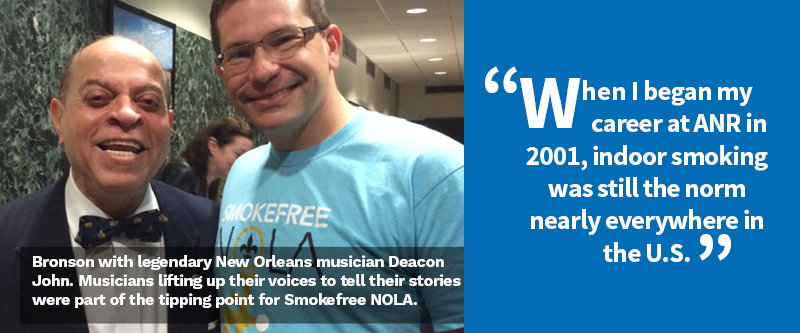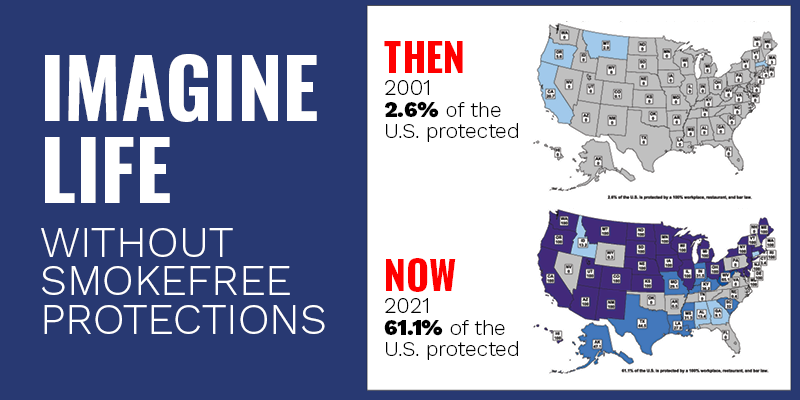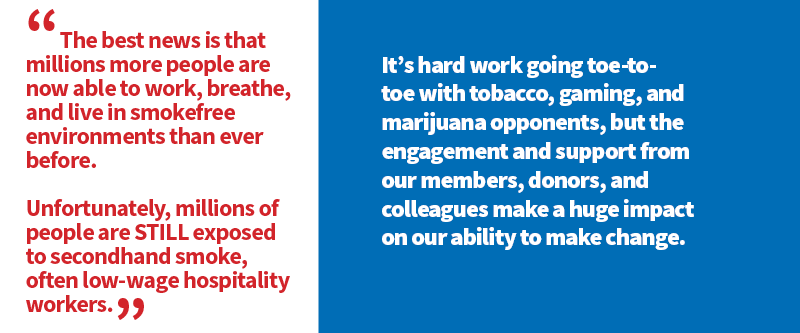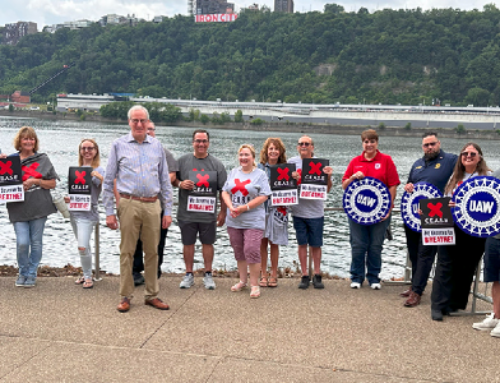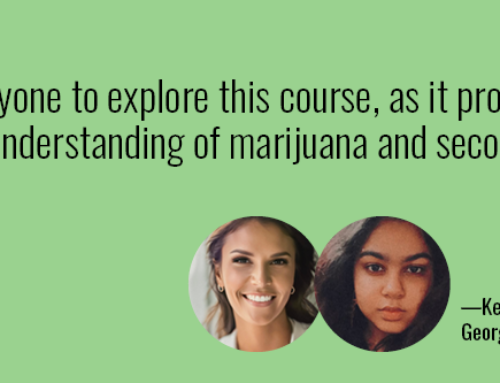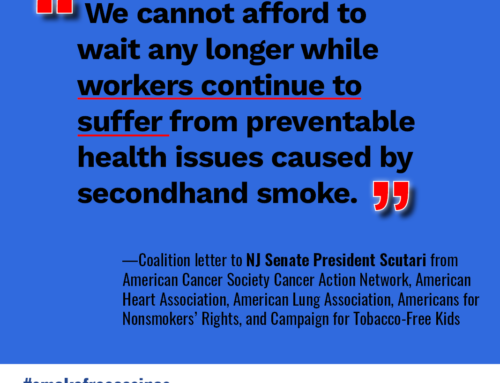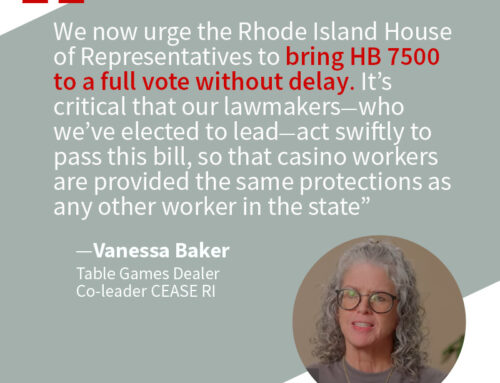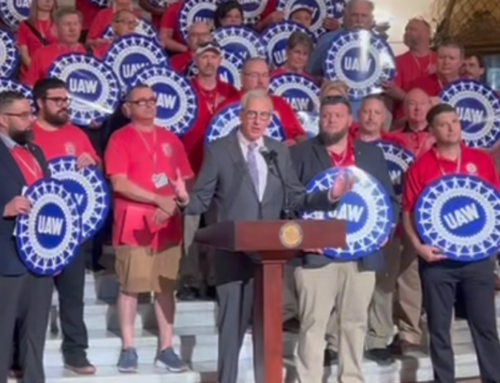DIRECTOR OF ADVOCACY BRONSON FRICK TAKES A LOOK BACK ON 20 YEARS AT ANR
Time flies when you’re fighting Big Tobacco and working to save lives as part of an amazing team. 2021 is the 45 year anniversary of ANR. It also marks my 20th year working at ANR in support of everyone’s right to breathe healthy, clean, smokefree air in workplaces and other shared air spaces. It’s been a humbling journey to work with incredible advocates and to witness the transition to smokefree air in venues of all kinds– work that is still not finished. This is a recap of some memories gleaned along the way.
When I began my career at ANR in 2001, indoor smoking was still the norm nearly everywhere in the U.S. (outside of California) and around the world. The standard question at any restaurant was, “Smoking or non-smoking section?” The concept of a non-smoking bar, hotel, or bowling center was still unthinkable in most places. Most airports outside California had indoor smoking areas lobbied for by tobacco companies.
Change is Real
Changes in smokefree policy and perceptions would start to come in the form of local smokefree efforts in cities like Bloomington, IN, Jackson, MS, Minot, ND, and Maryville, MO. Today, it’s possible to take smokefree air for granted in hospitality venues like bars in many places. Many organizations that used to be opposed to smokefree policies, and worked in partnership with tobacco companies, eventually began to support smokefree after getting tired of the fight and seeing that the scare stories weren’t true. It turned out that going smokefree was something that customers liked. And liked a lot.
The Process is the Magic
Smokefree campaigns require a lot of work in part because it’s not just about winning a council vote for a policy. It’s also changing community perceptions on the issue, bringing forward support from a wide range of stakeholders beyond public health. Smokefree campaigns have always been inspiring for me as an example of an issue that can bring forward diverse support across a broad political spectrum. Drifting smoke doesn’t favor one party or another. It’s truly a bipartisan issue.
ANR’s small but mighty team helps connect the dots between campaigns to help advocates build on lessons learned from elsewhere. One example of a key resource is the ANR model ordinance designed to withstand the litigation and interference from the alphabet soup of tobacco industry front groups. We are constantly learning and adapting our smokefree work every day, as are the tobacco industry forces in opposition to sound public health policy. The best news is that millions more people are now able to work, breathe, and live in smokefree environments than ever before. Unfortunately, millions of people are STILL exposed to secondhand smoke, often low-wage hospitality workers.
The smokefree air movement is a multi-generational fight
Early on, I had the opportunity to meet the incredible flight attendants who were speaking up for their right to breathe smokefree air while I was still a child. Other advocates shared surreal stories of taking on tobacco companies to achieve even basic things like smokefree elevators, grocery stores, or teacher lounges. These advocates and mentors gave me hope and courage, but I also wondered how my generation would hold up as we picked up the torch to take on Big Tobacco and expand smokefree protections to more places.
Smokefree air movement is a team sport
It takes a web of advocates, coalitions, partnerships, policymakers, health agencies, and others to achieve and sustain smokefree policies. One important coordinating step was the adoption of a multi-organizational document called Fundamentals of Smokefree Indoor Air that helped outline standard “deal-breakers” –tobacco industry schemes like ventilation. This helped ensure stronger, more consistent smokefree policies across communities and states based on the ANR model language designed to withstand Big Tobacco litigation. Our materials and efforts also helped inform the World Health Organization Framework Convention On Tobacco Control (FCTC) Article 5.5 and Article 8 to support countries around the world in adopting strong smokefree laws.
Memorable campaigns & events
There have been a number of significant campaigns that have made a huge impact on my career and the smokefree movement. From tackling the ‘traditional’ smokefree workplace, restaurant, and bar provisions in Texas, to working on the first local campaigns in Louisiana cities that included casinos, and addressing the use of electronic smoking devices or e-cigarettes, which required battling a new breed of smokers’ rights advocates, it has been a memorable 20 years.
TEXAS local campaigns: Austin, Houston, Ft. Worth, El Paso, San Antonio, and many others.
During the 2020 pandemic quarantine, we celebrated the 15 year anniversary of Austin’s smokefree law with a virtual performance series and remarks from the owner of the Saxon Pub. Smokefree indoor air proved great for live music and of course for the health of entertainers, music fans, and venue staff. However, Austin-based musicians can still be exposed to secondhand smoke when on the road to places like Las Vegas or Memphis and even some Texas cities—since the state is still not smokefree!
Savannah, GEORGIA In a city that values cultural heritage, the message was clear: secondhand smoke isn’t part of the heritage that we want to pass along to future generations. It isn’t what makes our community a special place.
Helena, MONTANA This city’s law became world famous because it was the first heart attack study showing the dramatic decline in heart attacks after the law took effect. Big Tobacco wants to preempt or tie the hands of cities like Helena to prevent them from enacting life-saving local tobacco control laws.
Indianapolis, INDIANA It was a long campaign due to the opposition from prominent bars, the mayor, and more. But it’s a good example for not giving up. The obstacles provided opportunities to get stronger and to out-organize opponents. Eventually the Indiana Chamber of Commerce also endorsed the campaign because smokefree polices are also good for business. Full Disclosure: I am a proud Hoosier.
Lexington, KENTUCKY This was one of the first major smokefree victories in the South and marked a turning point for the smokefree movement in a state historically known for tobacco cultivation.
NORTH CAROLINA is the home to tobacco giant RJ Reynolds and still leads the U.S. in tobacco cultivation. But it is also home to incredible smokefree advocates and heroes. (Just don’t ask them which college basketball team is best – LOL.) The NC law proved very successful and helped support the smokefree efforts in other Southern states. NC also was the first state to achieve smokefree or tobacco free policies at all hospitals. At a hearing for a smokefree bill in a different state, I recall a tobacco industry rep trying to discredit the NC smokefree momentum by saying, “Well, North Carolina isn’t really the South.” That was their feeble effort to raise doubt about it. Although the law didn’t cover non-hospitality workplaces, it was amazing to see smokefree restaurants and bars quickly become a way of life.
Big city campaigns like Chicago, Houston, New York, Boston, and more recently Atlanta. It’s easy to take smokefree bars in big cities for granted now, but these campaigns were very challenging because Big Tobacco went all in trying to shut down campaigns that would cover large populations. Expensive media markets also required advocates to find community based ways to get the word out and to build support.
LOUISIANA New Orleans and Baton Rouge: smokefree indoor air in bars, casinos, and restaurants is now part of the culture in these Louisiana cities. Smokefree indoor air helps protect the cultural economy workforce including musicians and casino workers. Shreveport’s new smokefree law took effect August 1, 2021.
Honolulu
This city faced all sorts of intense tourism scare stories from tobacco industry lobbyists. They said tourists wouldn’t come to Hawaii from Japan if people couldn’t smoke in restaurants or bars. But the law proved successful. It turns out that people don’t fly to Hawaii for hours on a smokefree airplane in order to smoke inside buildings.
2006 Surgeon General’s Report
While not a campaign, this major report on secondhand smoke was a milestone event. This landmark report affirmed that ventilation systems don’t address the health hazards of secondhand smoke. It helped support a new wave of momentum across the U.S. In lead up to its release, there were concerns about political interference that would block key portions. But the report came out and made history.
Smokefree Ireland, New Zealand, Uruguay
While ANR’s focus is in the U.S., we are happy when our resources are used by advocates internationally too. We helped support the smokefree efforts in these countries that helped lead the way in other regions of the world. It was so helpful to point out that if Irish pubs are smokefree in Ireland, Irish pubs can be smokefree here too.
Casinos
From the leadership of smokefree Ho-Chunk Gaming Madison to Park MGM now being the first smokefree casino on the Vegas strip, more than 1000 casinos and gaming venues are now smokefree indoors, including more than 160 Tribal gaming venues. In 2020 alone, more than 200 additional casinos transitioned to smokefree indoor air policies as part of their COVID reopening plans. ANR resources for casinos have played a big role. States like Delaware, Illinois, and Colorado were leaders for including state-regulated gaming venues in statewide clean indoor air acts. Casino workers are like the flight attendants of our era in terms of secondhand smoke. We are grateful for the brave workers who have spoken up publicly to raise awareness of the health impact. Far too many of our smokefree casino worker advocates have now passed away due to their exposure to secondhand smoke. We continue this work so that others won’t have the same fate.
Looking forward
I have seen a number of remarkable shifts in social norms about smoking (and vaping), and expanded support for smokefree workplaces, including once taboo places like bars and casinos. I have also personally tangoed with industry representatives that insert themselves into campaigns designed to undermine or roll back our public health victories.
On the horizon, we hope to sustain the smokefree rules many commercial and Tribal casinos instituted during the COVID-19 pandemic and to reinvigorate the grassroots efforts in Tennessee, Louisiana, Georgia, and Pennsylvania, to name just a few.

